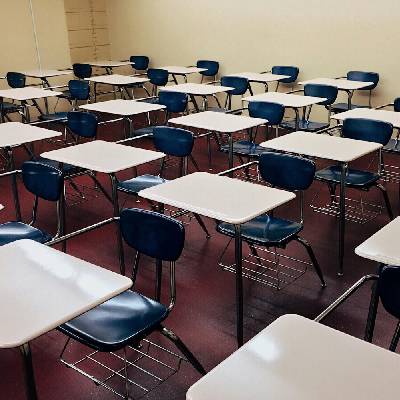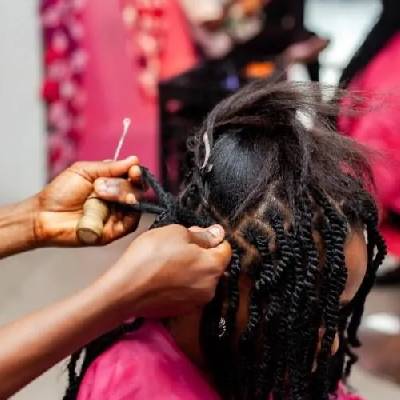
Plumbers install, alter and repair the systems that keep water and waste disposal systems running, and that provide many basic amenities. They read and interpret blueprints and project specifications. Plumbers also select the type and size of pipe required for a project and measure, shape and join pipes according to specifications.
Plumbers install and repair water, drainage, and gas pipes in homes, businesses, and factories. They install and repair large water lines, such as those which supply water to buildings, and smaller ones, including lines that supply water to refrigerators. Plumbers also install plumbing fixtures—bathtubs, showers, sinks, and toilets—and appliances such as dishwashers, garbage disposals, and water heaters. They also fix plumbing problems. For example, when a pipe is clogged or leaking, plumbers remove the clog or replace the pipe. Some plumbers maintain septic systems—the large, underground holding tanks that collect waste from houses not connected to a city or county’s sewer system.
Pipefitters, sometimes referred to as just fitters, install and maintain pipes that carry chemicals, acids, and gases. These pipes are mostly in manufacturing, commercial, and industrial settings. Fitters often install and repair pipe systems in power plants, as well as heating and cooling systems in large office buildings. Some pipefitters specialize:
- Gasfitters install pipes that provide natural gas to heating and cooling systems and to stoves. They also install pipes that provide clean oxygen to patients in hospitals.
- Sprinklerfitters install and repair fire sprinkler systems in businesses, factories, and residential buildings.
- Steamfitters install pipe systems that move steam under high pressure. Most steamfitters work at college campuses and natural gas power plants where heat and electricity are generated, but others work in factories that use high-temperature steam pipes.
Entry Requirements
KCPE certificate
Objectives of Plumbing Pipefitter - Artisan
This plumbing and pipefitter artisan certificate course begins with an introduction to plumbing, the importance of plumbing as a profession as well as the typical skill set of a plumber.
The program also covers personal protective equipment, safety signs, plumbing tools, and the basic safety practices adopted and used by plumbers on a job site.
After completing the plumbing and pipe fitter artisan certificate course, students will know more about the following:
- Pipe system types and design
- Piping equipment and materials
- Safety protocols and standards
- Measuring and basic math for pipefitters
- Trade terminology and communication strategies
Related articles
-
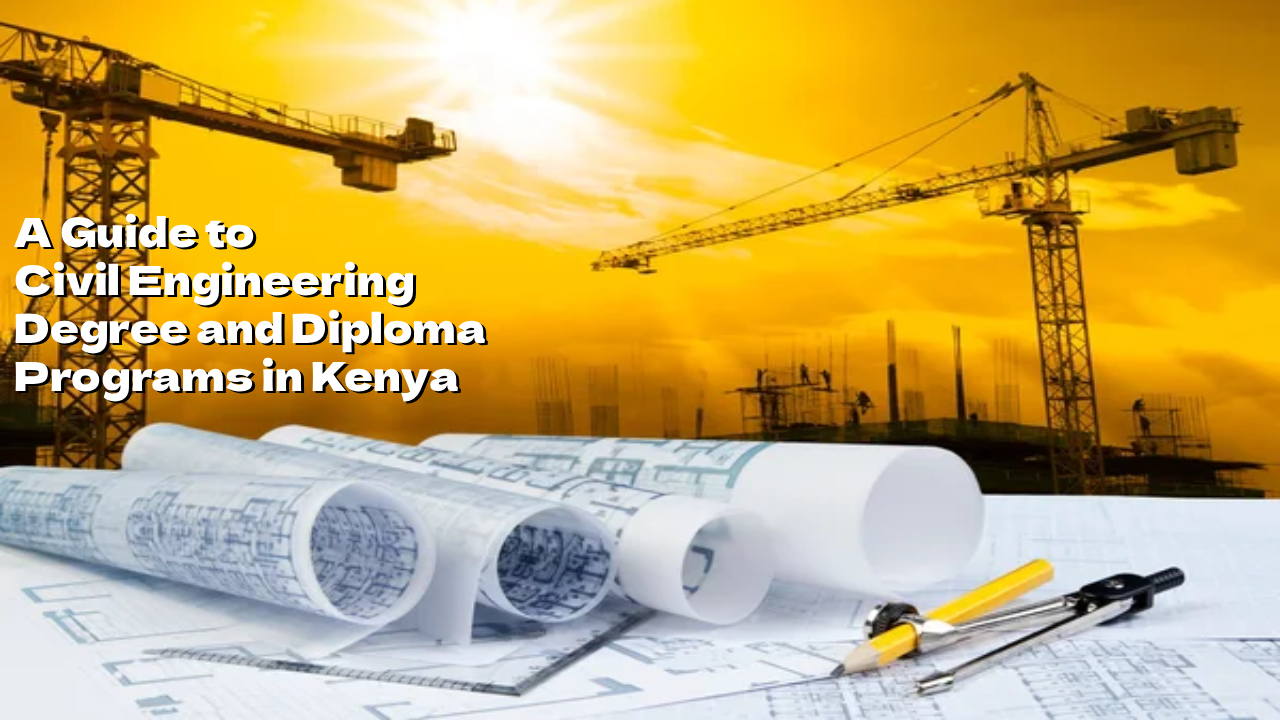
A Guide to Civil Engineering Degree and Diploma Programs in Kenya
08-Nov-2025 -
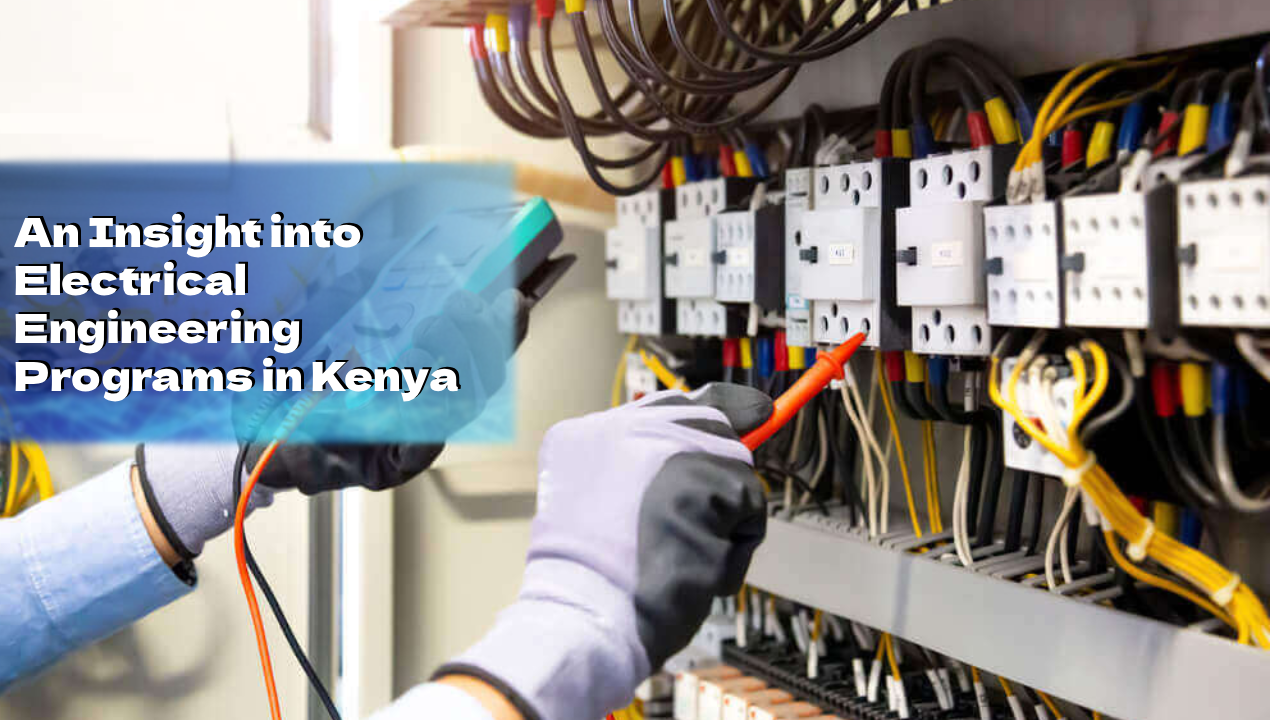
Electrical Engineering in Kenya: A 2025 Guide for KCSE Graduates
08-Nov-2025 -
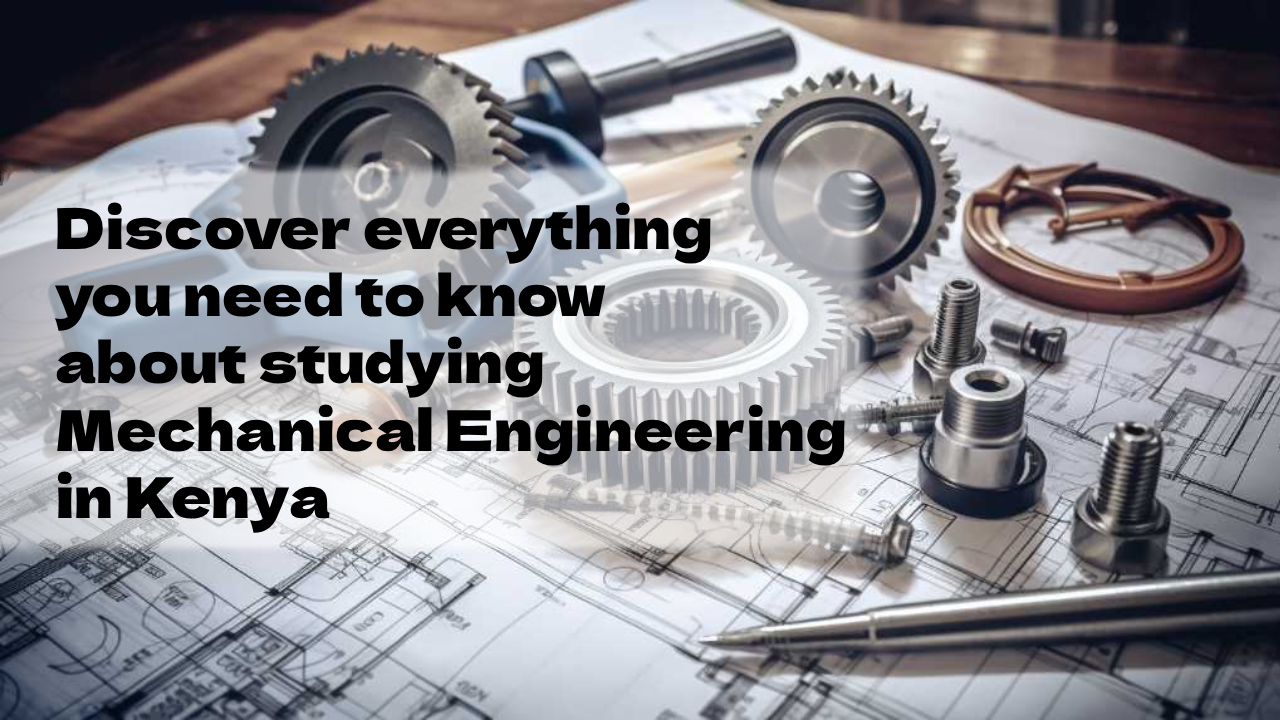
Mechanical Engineering in Kenya: A 2025 Guide for KCSE Graduates
08-Nov-2025 -
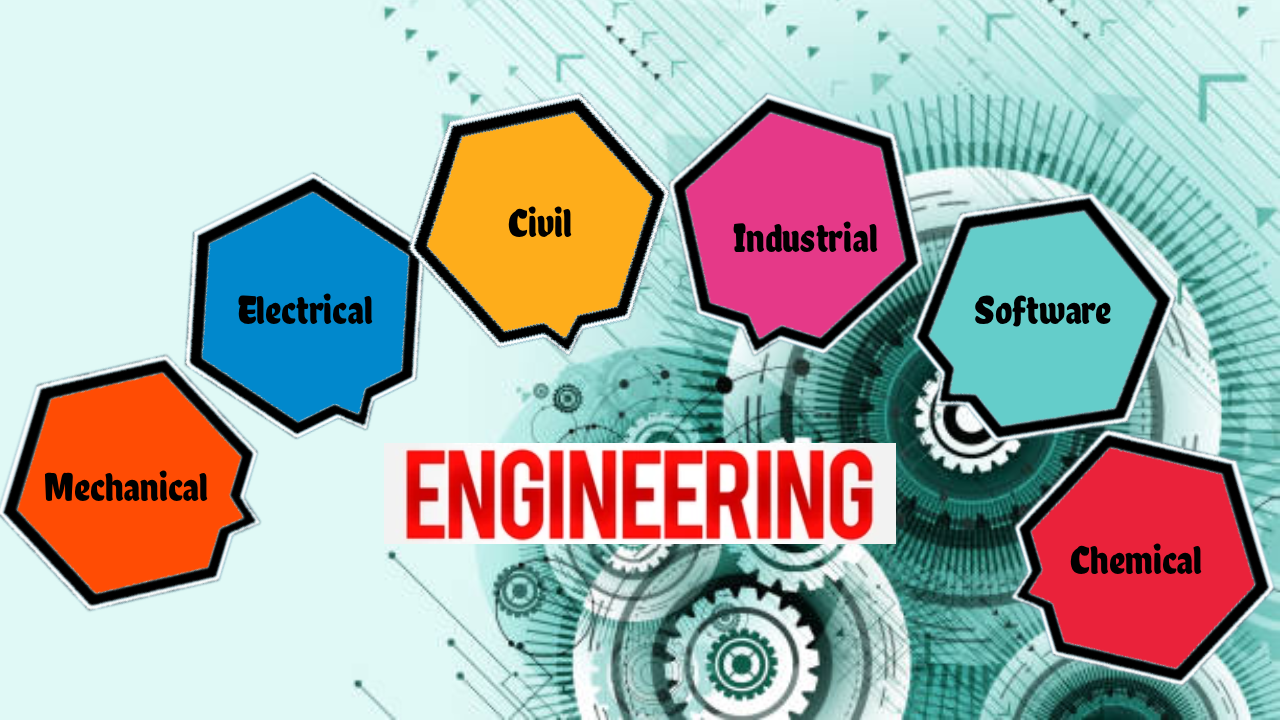
Engineering Courses in Kenya: A Guide for 2025 KCSE Graduates
08-Nov-2025 -

Education Pathways in Kenya — From Basic Education to Tertiary | College Guide
06-Nov-2025 -
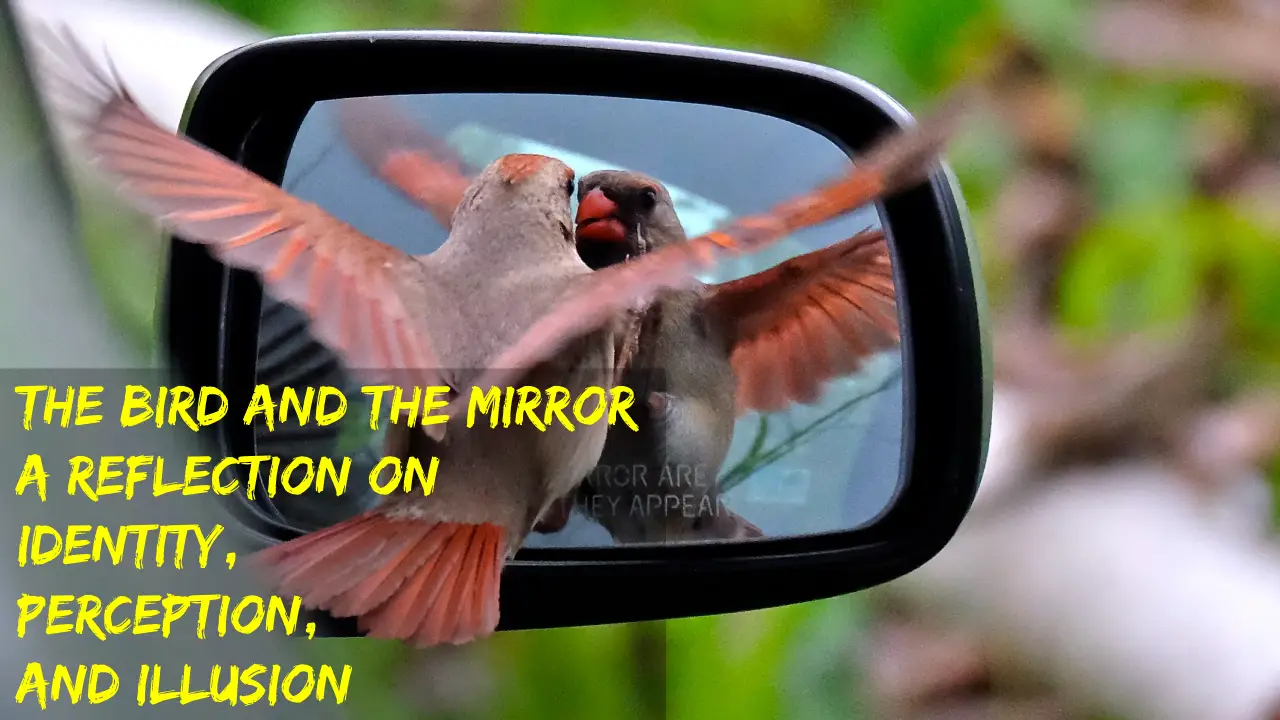
The Bird and the Mirror: A Reflection on Identity, Perception, and Illusion
07-Feb-2025
Colleges offering Plumbing Pipefitter - Artisan

Machakos Town
Machakos Institute of Technology
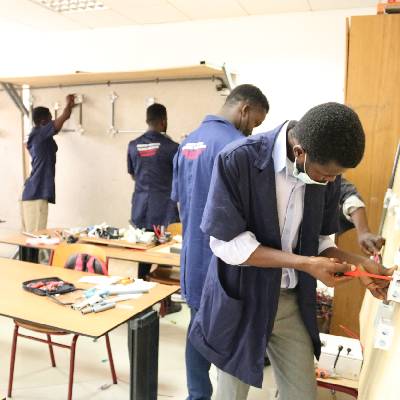
Nyeri Town
The Nyeri National Polytechnic

Nakuru Town East



